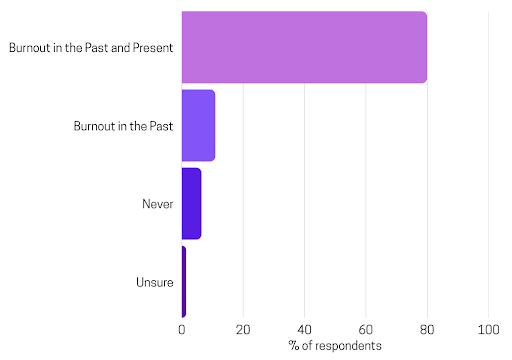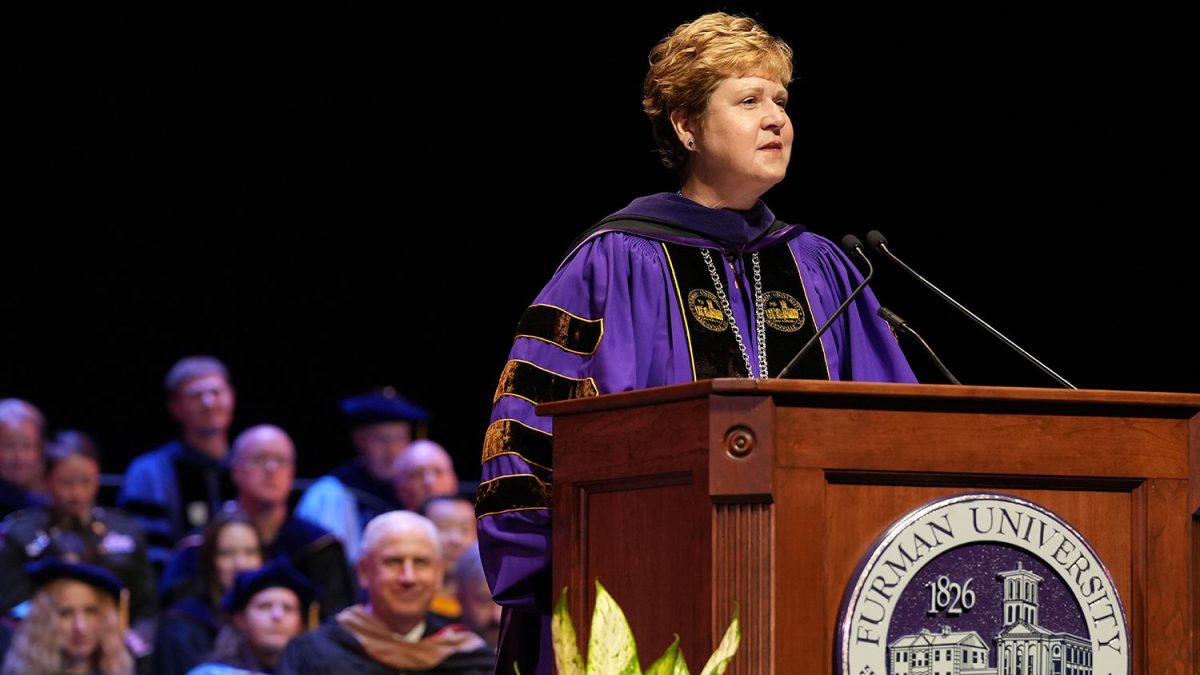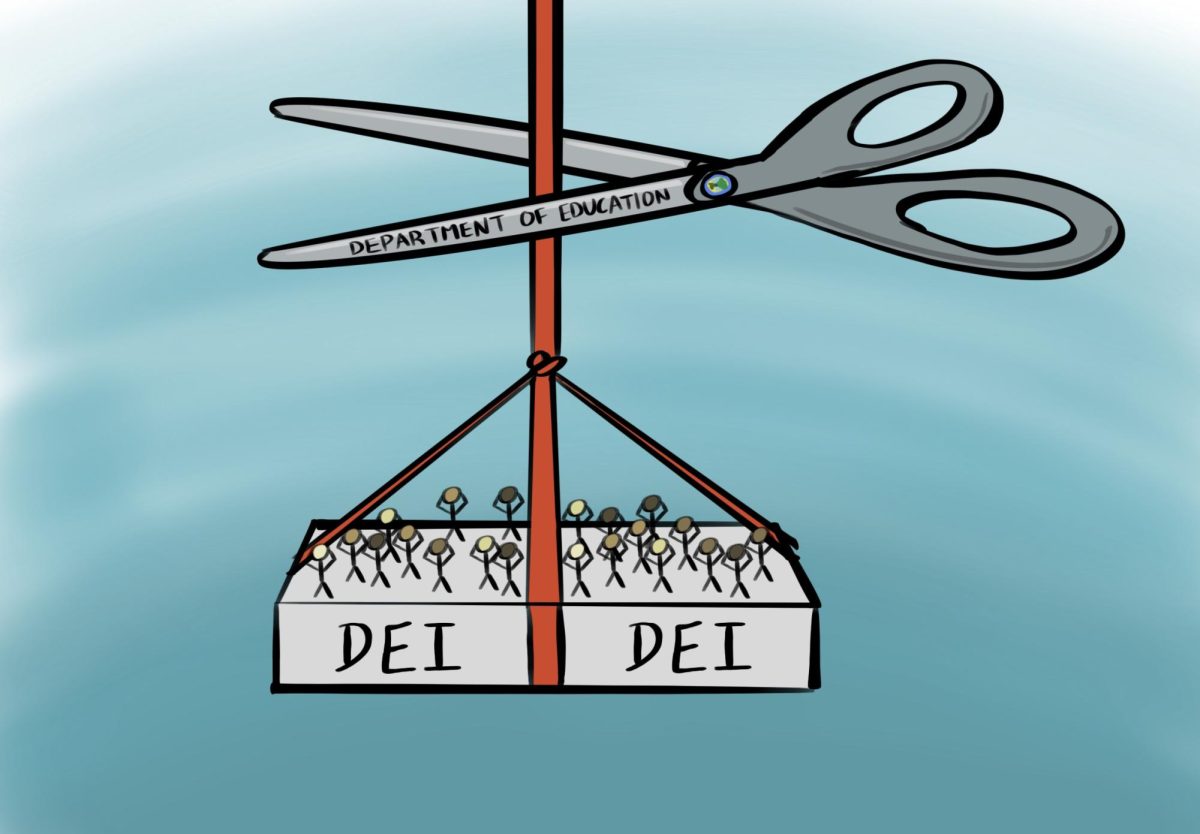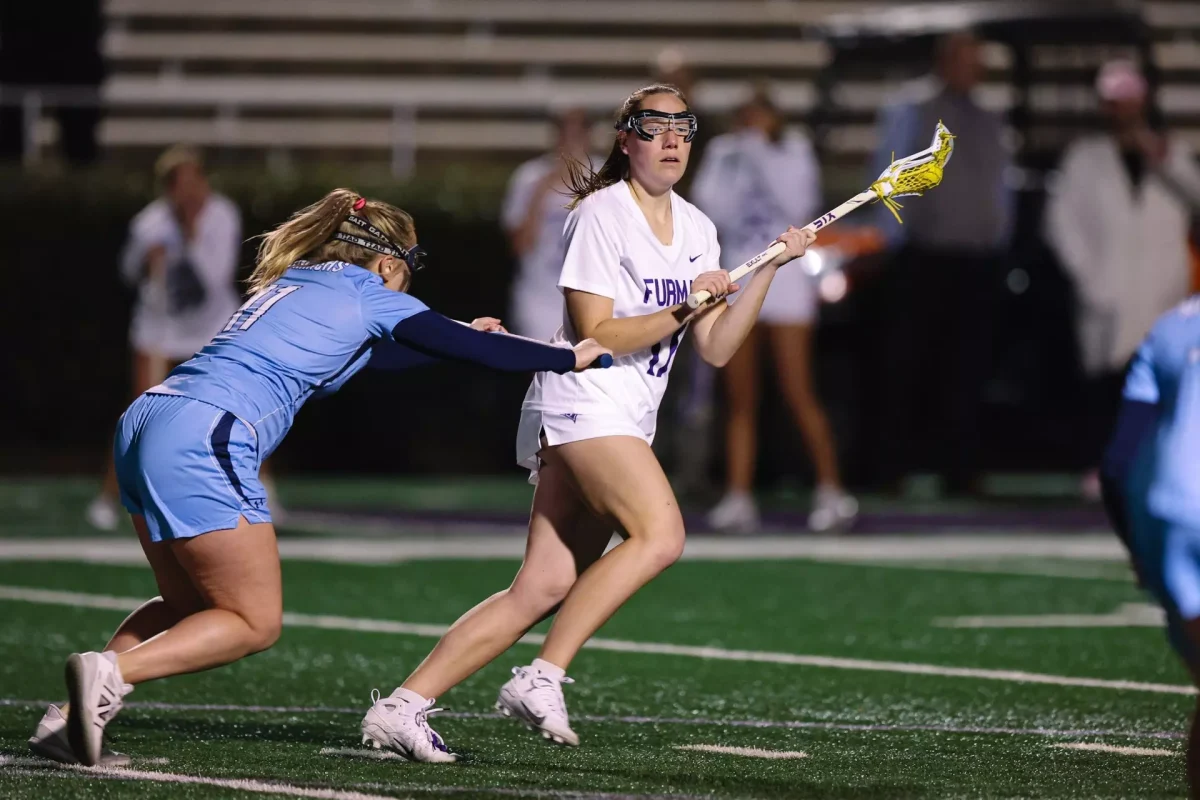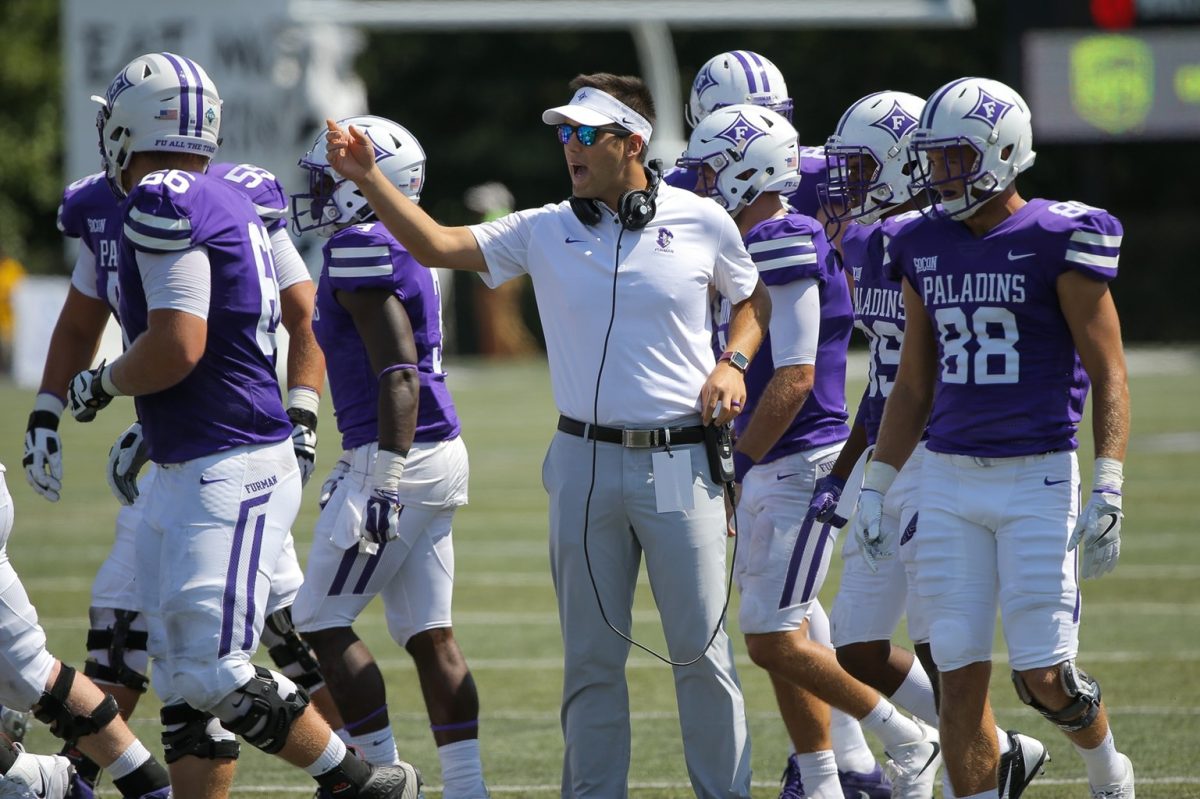The Paladin produces athletics schedule predictions that are derived from analyst predictions within our own community. But what if there was a way to extrapolate more analysis by representing these predictions with data? So… “what do the computers say?”
Beginning in the 1920s, the idea of having mathematical ways of ranking teams and predicting outcomes has been the life’s work of a very small group of people who love both sports and statistics. The first such system to reach national prominence was the Dickinson System, which was a major selector for the college football national championship. The System was derived by University of Illinois economics professor Frank Dickenson and handed out mythical hardware from 1926 to 1940. In short, the NCAA deemed that, if you were #1 on the System’s ratings, you could legitimately claim a national championship. Keep in mind, the notion of a college football playoff, let alone a championship game, was entirely foreign to college football.
The advantage of statistically based systems is that they are 100% objective. They do not consider how a team plays, where they play and how much of a reputation they have. A team is rated on wins and losses. And, as system developer Kenneth Massey noted, they can account for literally every game during a competition season, which is rather impractical for competitions as large as collegiate athletics. Therefore, it is often advisable to consult these systems when making predictions (sports bettors do this religiously).
First, let’s start with the Paladin Football Team. According to the College Football Ranking Composite, and comprised of popular rankings (AP, Coaches, etc.) as well as computerized statistical systems, the Dins are a #19 seed in the FCS and second in the SoCon (behind Wofford). The Massey Ratings predict Furman will go 5-3 and finish second in the conference behind Wofford.

Now, one may notice that, according to this chart, Furman should go undefeated. However, as previously mentioned, Furman is predicted to go 5-3. This is because when the Massey Ratings predict an entire season, they use the individual game results and run something called a Monte Carlo simulation, which is a method used to determine how a group of probabilities will most likely behave. Each prediction the computers output is, at its core, a probability. The “result certainty” column shows how much the computer trusts its own prediction (generally, the closer the final score, the lower the result certainty). The Monte Carlo simulation factors in this number from each individual game when it calculates the season. It then uses mathematics to figure out how the entire set of probabilities will most likely turn out. This is how Furman ended up 5-3 despite being projected to win every game; the computer just does not trust its own predictions enough to assume all of them will be right.
The next Furman computerized prediction? The men’s basketball team. The 2019-20 season ended poorly for the Paladins: they lost the SoCon regular-season championship by a game to ETSU; then were bounced out of the conference tournament in the quarterfinals by #7 Wofford 68-77. Let’s see what the computers feel Furman’s tale of hardwood will be.

Once again, the raw schedule foretells a better record than what the system actually thinks; the table gives Furman a 20-6 record, but the more accurate full-season prediction gives the Dins a more modest 16-10 record. They are projected to finish third in the conference behind East Tennessee State and UNC Greensboro.
Now on to the women’s basketball team. Last season, Coach Carson led the Paladins to a solid 18-11 record, a fourth-place finish in the SoCon regular season, and a semifinal appearance in the conference tournament (they were eventually ousted by eventual champions Samford).

As is visible, the raw schedule predicts a 13-10 records for the Paladins. This is not actually far off from the full season prediction, which puts the Paladins at 12-11. The computer predictions indicate that Furman will finish tied for third in the conference with Samford, finishing behind UNC Greensboro and Chattanooga.
Now on to our final team: the Furman volleyball team. 2019 left something to be desired for the Paladins; they finished 7-20 in the regular season and 5th in the SoCon standings. However, the year ended on a positive note, with a surprise run to the conference semifinals before being ousted by eventual champions Samford. Like football, COVID-19 pushed the volleyball regular season back to early 2021. It will run from January 31st to March 29th.

As we can see, the raw schedule projects the Paladins going 6-10, but the full-season prediction that the Paladins will go 8-8 is reassuring. The computers predict Furman will finish 6th in the conference behind East Tennessee State, Samford, Chattanooga, Western Carolina, and Wofford. The reason the results look repetitive is that the computer only recognizes three variables when making a prediction: the home team’s strength, the away team’s strength and who has home-court. Since the Southern Conference set up the schedule in such a way that both games between any given teams will be at one location, the computer’s prediction is more limited since the variables never change.
Like all things COVID-related, one can only hope and wait. However, spring looks promising for Paladin competition.


